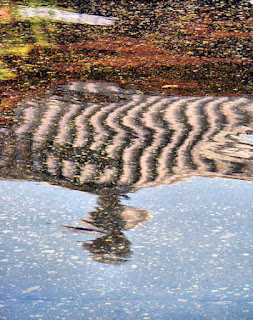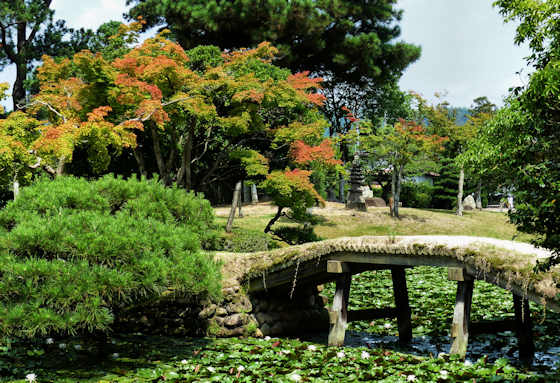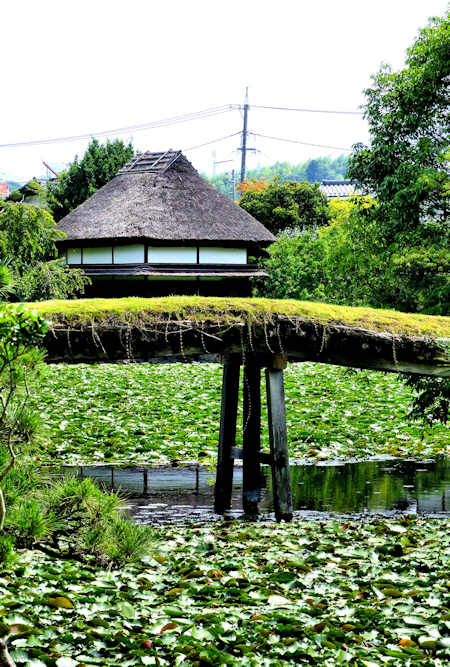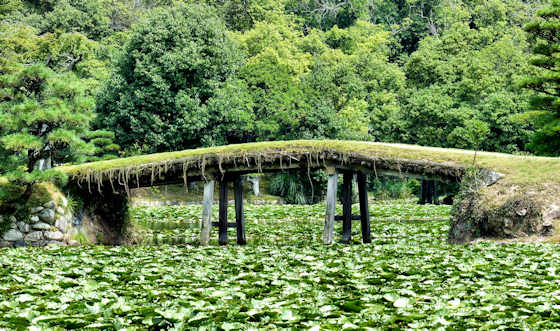Lafcadio Hearn's House & Gardens
Lafcadio Hearn was one of the first foreign writers in Japan whose books are still very popular today. Kwaidan, his book of ghost stories, and Glimpses of Unfamiliar Japan are two titles that are perhaps the most well-known, and the latter is what I have shamelessly cribbed for the title of my own blog.
He spent about a year living in the castle town of Matsue in Shimane where he gathered much of the material for "Glimpses of Unfamiliar Japan" and where he married and lived with his wife, the daughter of a local samurai.
The house where he lived for six months is located on Shiomi Nawate, a street of former samurai homes on the north bank of the castle moat.
Hearn, who took Japanese citizenship and the name Koizumi Yakumo, was particularly fond of the gardens in his samurai home.
It is not a very large house, though there is a little furniture and some artwork around. There is almost no infomation, for that you need to go next door.
Immediately adjacent to the former residence is the Lafcadio Hearn Memorial Museum which has a lot of permanent displays on Lafcadio Hearn and his life and works as well as changing temporary exhibitions on related subjects. On a visit, you may meet the curator, a great-grandson of Hearn.



































































